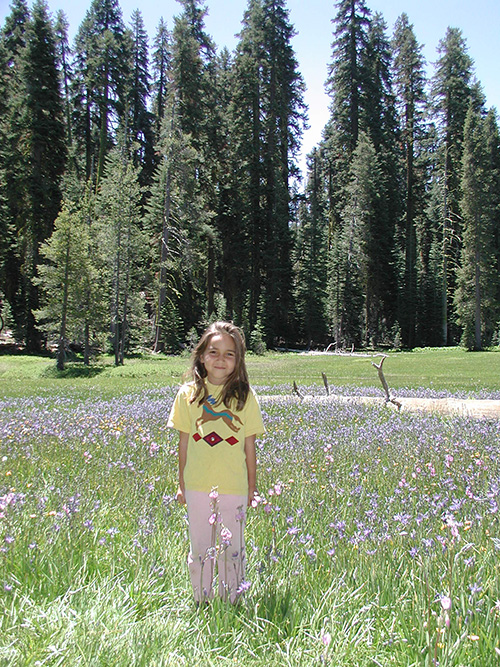Native Plant Conservation Campaign News: More studies report positive effects of diverse native plant communities on immune systems and public health.
June 2, 2020
Research from
Finland and
Australia has found more evidence that living among diverse native plants helps protect human populations from diseases

associated with weakened immune systems, such as asthma, auto immune disease, and allergies.
Native plants may accomplish this by supporting more diverse populations of bacteria and other microorganisms, which in turn strengthen human immune system health.
In a
2012 Finnish study, researchers collected plant species data across a range of plant communities and compared it to the diversity of skin microorganisms in adolescents. The study concluded that the presence of
diverse native plant species in the vicinity supported healthier and more diverse microbial communities around and on humans. A
2020 Australian study documented a similar effect of native plants on the diversity of soil microorganisms. Microbial diversity was greater in native dominated areas vs. lawns or vacant lots.
This is important because, as both the Finnish and Australian articles state, exposure to diverse communities of bacteria and other microorganisms may help “train” human immune systems
to respond to threats such as asthma, allergies and chronic autoimmune disease. This idea is captured in the
Biodiversity Hypothesis which proposes that “contact with natural environments enriches the human microbiome [microorganisms on your skin and in your gut], promotes immune balance and protects from allergy and inflammatory disorders.”
In fact, the Finnish researchers found that subjects living among more diverse native-dominated plant communities, and thus among more diverse microorganisms, showed lower susceptibility to allergic reactions.
These findings support the results of a
New Zealand study summarized in a 2018
NPCC News. That research examined nearly 50,000 children in New Zealand. It found that those who grew up in greener neighborhoods were less likely to develop asthma. However, not all greenness is a good thing—children living in areas with nonnative plant species or low plant diversity were actually at greater risk of developing the disease.
The incidence of chronic inflammatory diseases has doubled every two decades since 1950 worldwide, especially in wealthier countries. In the U.S., allergies have increased by 50 percent and asthma by one-third over the past 20 years.
Photo – A child supercharging her immune system with native plants © Emily B. Roberson
 associated with weakened immune systems, such as asthma, auto immune disease, and allergies.
associated with weakened immune systems, such as asthma, auto immune disease, and allergies. associated with weakened immune systems, such as asthma, auto immune disease, and allergies.
associated with weakened immune systems, such as asthma, auto immune disease, and allergies.